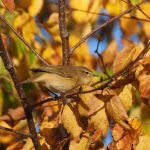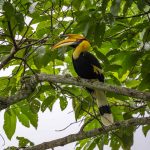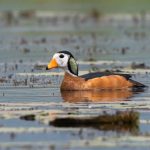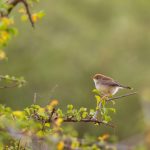My first birding trip outside Ecuador was fantastic and added nearly 200 new birds to my list. My wife and I spent two weeks in Brazil birding the Atlantic Forest and The Pantanal. This was an amazing experience which confirmed the continued destruction of the forest caused by the insatiable expansionism of humans. Brazil is the fifth largest country in the world and also has the fifth place in the countries with the highest population to feed.
Brazil exports 25% of the world raw cane and refined sugar, is the world leader in soybean production, and produces 80% of the worlds orange juice market. Brazil’s 20% of the labor force is directly related to agriculture so maybe now you can imagine how serious deforestation is in Brazil. Here is more info in wikipedia : http://en.wikipedia.org/wiki/Deforestation_in_Brazil
So what about the birds? Well, it is not too late to see them yet, but the economic and food world pressures will continue to destroy the biodiversity that supports wild life. I am presenting this grim picture because I was very shocked by the destruction which parallels the destruction in my own country but only in a much, much, much larger scale.
Finally the birds! The Atlantic forest is huge and follows the coastline of Brazil where large cities like Rio de Janeiro and Sao Paulo have grown out of control leaving behind only 7% of the original forest! This is a very wet forest which is totally isolated from the Amazon forest by a very large dry plateau. This isolation gave birth to amazing endemism in the region with 199 endemic birds and 98 of them are in risk of extinction due to severe habitat loss.
Here is a tiny sample of the birds:
Three-toed Jacamar
Red-legged Seriema
Saw-billed Hermit
Hooded Berryeater
Bertonis Antbird
Guilt-edge Tanager


















Another uplifting post…well, aside from the introduction, that makes me pretty sad actually. But, erm, cool birds are uplifting! That is a snazzy antbird…have a softspot for antbirds. 🙂
Glad to see that you made it to Brazil- what a bunch of fantastic endemics. Yes, it is impossible for birders and anyone interested in nature to not notice the massive degree of habitat destruction in so many places on the globe. If we want our kids and grandkids to experience the priceless, irreplaceable diversity on this planet, we all need to do what we can to support conservation and sustainable living.
@ Treeuchin: Yes indeed a sad story.. it echoes everywhere I go. And yes, the birds are uplifting.
@Pat: You got it! Keep doing what you can. Thanks for your comments.